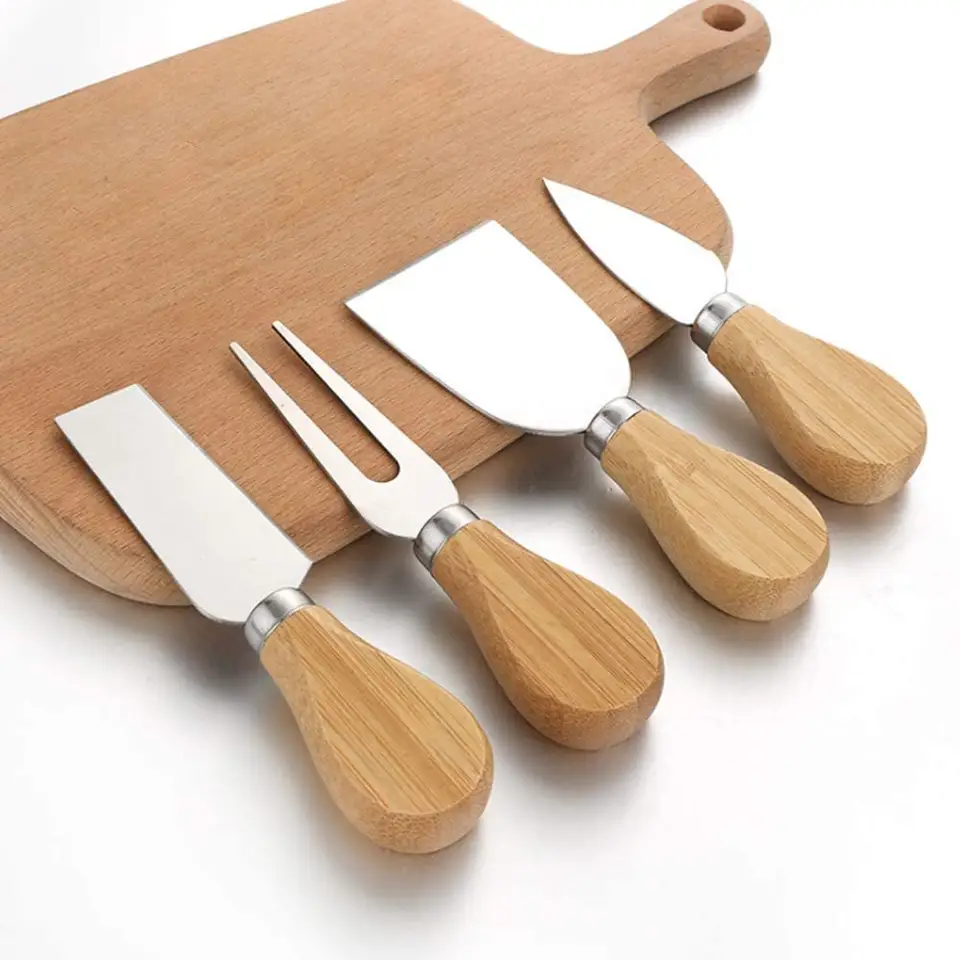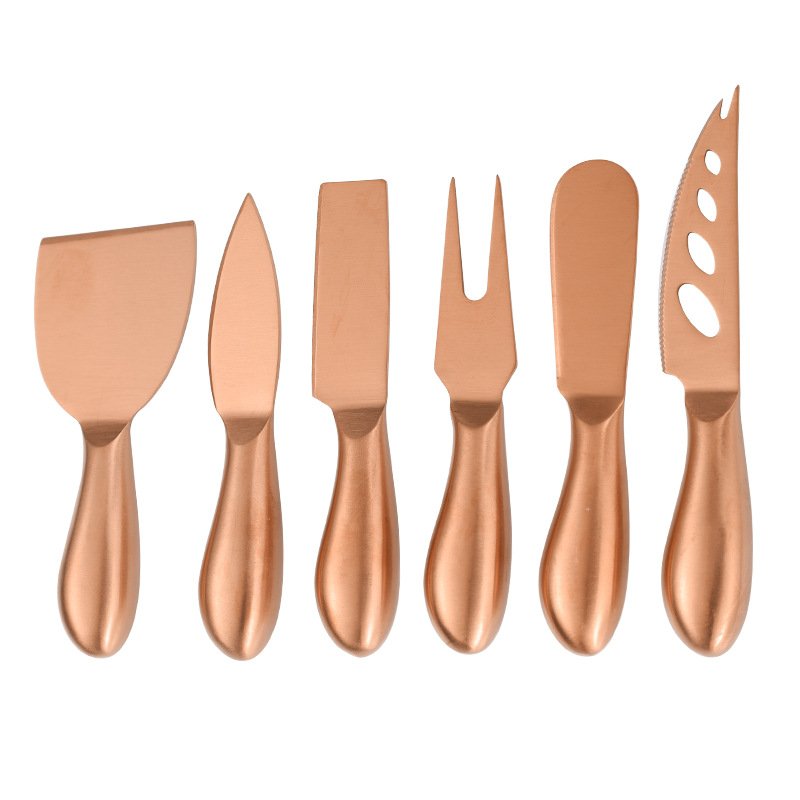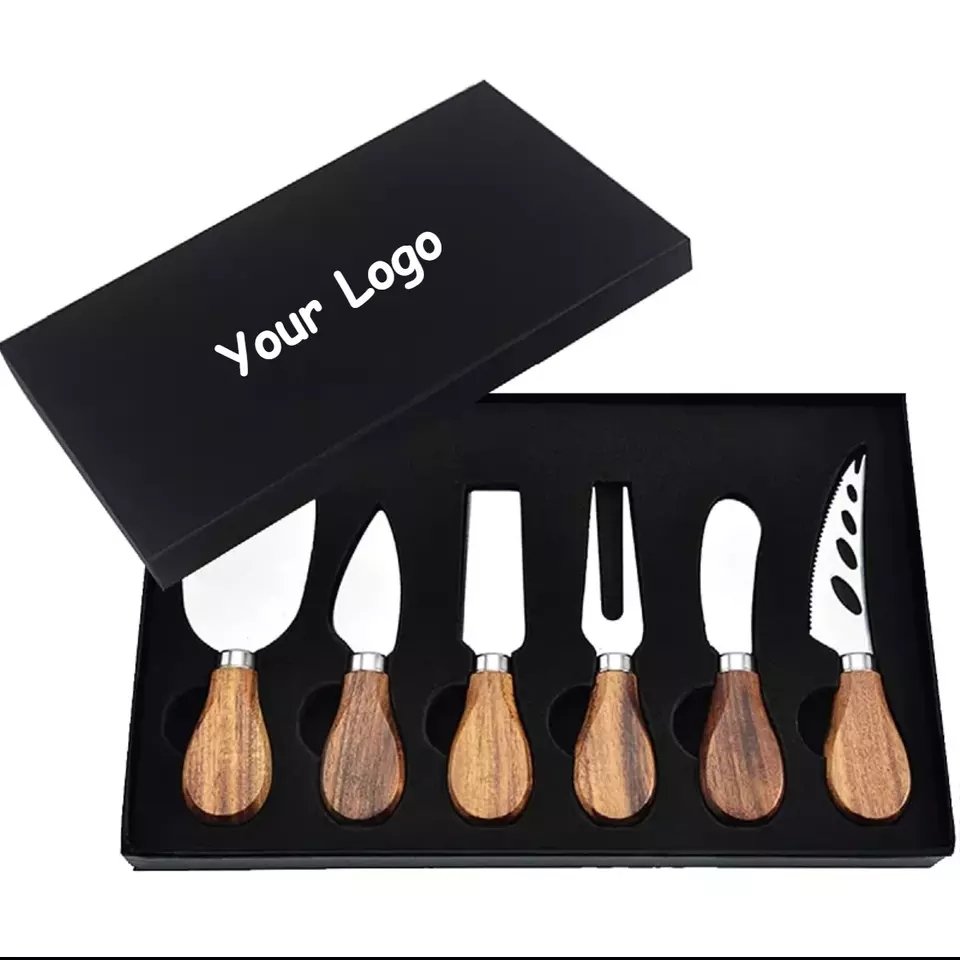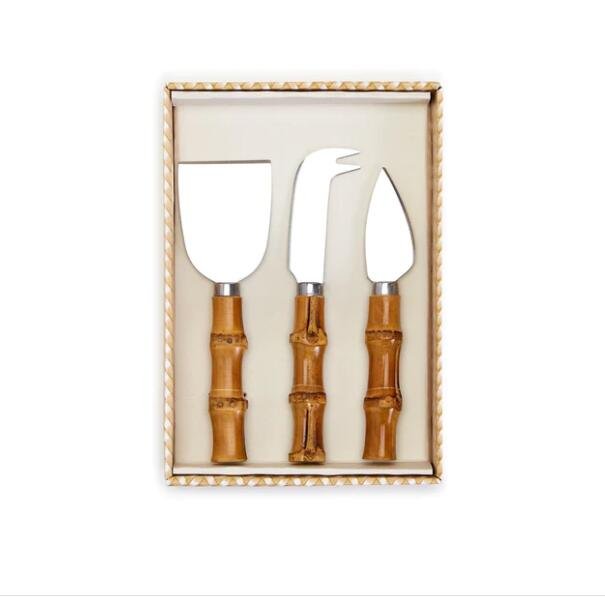Flying thousands of feet above the ground, have you ever wondered how the cutlery in your meal tray comes to life?
Airline cutlery is made through a precise and demanding manufacturing process, ensuring safety, functionality, and aesthetics under strict industry standards.
Airline cutlery might seem simple, but behind every fork and knife lies a world of innovation, regulation, and creative engineering. Let’s explore the fascinating journey of airline cutlery manufacturing.
Table of Contents
What are the latest trends in airline cutlery materials?
tiny fork can tell a big story of material innovation in the skies.
Airline cutlery materials are evolving from traditional plastics to sustainable options like bamboo, wheat straw, and lightweight metals.
The demands for lighter weight, eco-friendliness, and durability have driven material trends in airline cutlery. Here’s a breakdown:
Key Material Innovations
| Material | Benefits | Challenges |
|---|---|---|
| Bamboo | Renewable, biodegradable | Fragile under pressure |
| Wheat Straw | Compostable, lightweight | Less durable for long-haul flights |
| Aluminum Alloy | Ultra-light, recyclable | Higher production cost |
| Stainless Steel | Premium feel, reusable | Heavy, costly for economy class |
| PLA Bioplastic | Compostable, customizable | Temperature sensitive |
Balancing Innovation and Practicality
While new materials create opportunities, airlines must weigh the trade-offs. For example, bamboo cutlery offers eco-appeal but may not withstand the rigors of an 18-hour flight.
Critically, airlines today prefer hybrid solutions — such as metal cutlery for business class and biodegradable options for economy — to balance cost, weight, and environmental impact.
How is sustainability influencing airline cutlery design?
Saving the planet, one spoon at a time.
Sustainability has pushed airlines to rethink cutlery design, favoring eco-friendly materials, reduced weight, and reusable options.
Sustainability is not just a buzzword anymore. It is a design driver. Here’s how it is reshaping airline cutlery:
Sustainable Design Focus
| Focus Area | Practical Example | Business Impact |
|---|---|---|
| Material Substitution | PLA instead of plastic | Enhances eco-branding |
| Weight Reduction | Hollow handles in metal cutlery | Saves fuel, cuts emissions |
| Reusability | Durable stainless steel options | Reduces long-term procurement cost |
| Recycling Systems | Collect and recycle after flight | Adds complexity, saves landfill |
Challenges in Green Transition
Despite good intentions, shifting to sustainable cutlery is not easy. Biodegradable materials must perform well at varying cabin temperatures. Recycling requires training and infrastructure at airports.
Thus, sustainability must go hand-in-hand with functionality, logistics, and cost management.
What role does customization play in airline cutlery manufacturing?
A fork can carry a brand’s identity.
Customization allows airlines to embed their branding into cutlery design, enhancing passenger experience and brand recognition.
Customization is no longer a luxury. For many airlines, it is an expectation. Here’s why:
Customization Elements
| Feature | Example | Benefit |
|---|---|---|
| Engraving | Airline logos on metal forks | Brand reinforcement |
| Color Matching | Matching airline livery colors | Consistent brand image |
| Special Shapes | Unique silhouettes for premium class | Differentiates service levels |
| Material Selection | Exclusive materials for First Class | Luxury perception |

Customization Challenges
While custom designs look stunning, they often complicate production and inventory management. Airlines must order large quantities to justify custom molds, and lead times can be longer.
Thus, the art of customization lies in balancing aesthetic ambition with production reality.
How are airlines balancing cost and quality in cutlery production?
Cutlery must feel expensive, but not be expensive.
Airlines balance cost and quality by using smart material choices, efficient designs, and supplier partnerships to optimize spend without sacrificing passenger satisfaction.
Quality cutlery enhances the dining experience. Cheap cutlery damages the brand. Here’s how airlines navigate:
Cost-Quality Balancing Strategies
| Strategy | Application | Result |
|---|---|---|
| Mixed Materials | Plastic handles with metal tips | Cost savings without cheap feel |
| Tiered Cutlery Sets | Different sets for economy/business | Better resource allocation |
| Outsourcing Production | Sourcing from cost-effective regions | Maintains margin |
| Design Simplification | Minimalist, functional designs | Reduces manufacturing complexity |
Pitfalls to Avoid
Focusing solely on cost can backfire. Flimsy cutlery can break mid-meal, leading to customer complaints. Conversely, overly luxurious cutlery increases operational costs and replacement rates.
Ultimately, airlines that balance elegance with economy win customer loyalty.
What are the emerging technologies in airline cutlery manufacturing?
The future of forks is smarter than you think.
Emerging technologies like automation, 3D printing, and smart coatings are transforming airline cutlery manufacturing.
Innovation is everywhere, even in your meal tray. Let’s see how:
Technology Innovations
| Technology | Application | Benefit |
|---|---|---|
| 3D Printing | Prototyping new designs quickly | Reduces development cycle |
| Automation | Robotic assembly lines | Lowers labor costs |
| Smart Coatings | Antimicrobial surfaces | Enhances hygiene standards |
| Lightweight Alloys | Strong yet light metal options | Saves fuel and boosts durability |
Risks and Considerations
New tech offers promises but brings risks too. 3D printing may not yet support mass production standards. Robotic systems require high capital investment.
Therefore, gradual adoption with pilot testing is key to de-risking innovation in cutlery manufacturing.
How do regional regulations impact airline cutlery choices?
Not all forks are allowed everywhere.
Regional regulations on materials, safety, and disposal greatly influence airline cutlery design and sourcing strategies.
Airlines must cater to multiple regulations simultaneously:
Key Regulatory Differences
| Region | Regulation Example | Impact on Cutlery Choice |
|---|---|---|
| EU | Single-Use Plastics Ban (SUP) | Push for biodegradable cutlery |
| USA | FDA Material Safety Requirements | Material certification mandatory |
| Middle East | High hygiene standards for catering | Preference for metal or high-grade plastics |
| Asia-Pacific | Growing preference for compostables | Local sourcing of eco-friendly cutlery |
Compliance Challenges
Global airlines must harmonize their cutlery across borders. A spoon acceptable in Dubai may be banned in Paris.
Hence, multinational airlines often adopt the strictest standard worldwide to ensure compliance everywhere.
What are the challenges in sourcing airline cutlery suppliers?
The right partner can make or break a dining experience.
Challenges in sourcing airline cutlery suppliers include quality consistency, certification requirements, pricing transparency, and logistics reliability.
The B2B supplier market for airline cutlery is tough and crowded. Here’s what buyers must manage:
Common Sourcing Challenges
| Challenge | Why It Matters | Example Risk |
|---|---|---|
| Quality Assurance | Protects brand reputation | Breakage during meal service |
| Certification Compliance | Meets regulatory demands | Legal penalties |
| Cost Transparency | Prevents hidden charges | Budget overruns |
| Delivery Reliability | Maintains inventory levels | Flight disruptions |
Mitigation Strategies

I always recommend using supplier audits, sample testing, and long-term contracts with clear KPIs. Diversifying sourcing between two or three suppliers can also buffer unexpected disruptions.
Choosing the cheapest supplier often leads to the most expensive mistakes.
What is the speciality of Emirates Airlines?
More than just luxury seats, even their spoons tell a story.
Emirates Airlines specializes in offering premium cutlery designs, blending luxury materials, elegant branding, and exceptional functionality.
Emirates has long been synonymous with luxury. Their attention to cutlery reflects this ethos:
Emirates Cutlery Features
| Feature | Example | Why It Matters |
|---|---|---|
| Premium Material | Stainless steel with gold accents | Elevates passenger experience |
| Custom Engravings | Emirates logo on each piece | Reinforces brand identity |
| Ergonomic Design | Balanced weight and feel | Comfort for long-haul dining |
| Eco-Friendly Initiatives | Phasing in compostable options | Aligns with global sustainability trends |
Lessons from Emirates
Even for budget-conscious airlines, Emirates teaches a key lesson: investing thoughtfully in high-touch details like cutlery can create strong emotional connections with passengers.
Their cutlery is not just a tool; it is part of the storytelling that turns a flight into an unforgettable experience.
How do regional regulations impact airline cutlery choices?
One size doesn’t fit all, especially when rules differ.
Regional regulations, especially on materials and waste management, heavily influence airline cutlery manufacturing and selection.
Different countries have different rules about in-flight items. Let’s break it down:
Regulatory Influence Map
| Region | Key Regulation | Impact on Cutlery Design |
|---|---|---|
| Europe (EU) | Single-Use Plastics Ban (SUP Directive) | Push towards compostable cutlery |
| USA | FDA Material Safety Standards | Requires food-safe certifications |
| Middle East | Customary Preferences + Food Safety | Must respect cultural norms |
| Asia (Japan, China) | Airline-Specific Green Initiatives | Preference for recyclable metals |
Challenges of Regulatory Diversity
For global airlines, navigating multiple regulations is complex. A set of plastic forks acceptable in one country might be banned in another.
Manufacturers must stay agile, offering multiple compliant solutions, sometimes customizing per route.
What are the challenges in sourcing airline cutlery suppliers?
Finding a reliable cutlery partner is harder than it looks.
Sourcing airline cutlery suppliers involves challenges such as quality control, production capacity, regulatory compliance, and long-term reliability.
Sourcing isn’t just about price tags. Let’s unpack the real issues:
Supplier Evaluation Matrix
| Criteria | Why It Matters | Risk if Ignored |
|---|---|---|
| Product Quality | Ensures safety, customer satisfaction | Customer complaints, reputational damage |
| Certifications (LFGB, FDA) | Mandatory for food-contact items | Legal issues, shipment holds |
| Production Capacity | Meets high-volume airline demand | Missed deadlines, shortages |
| Innovation Capability | Adapts to market trends | Stale offerings, loss of competitiveness |
Critical Supplier Challenges
Many buyers focus too much on cost and neglect other factors. A supplier offering rock-bottom prices might cut corners on quality.
Building partnerships, not just purchase orders, ensures long-term success in airline cutlery sourcing.
What is the speciality of Emirates Airlines?
Luxury is served, even in economy.
Emirates Airlines is known for offering high-end, thoughtfully designed cutlery across all classes, setting a benchmark in passenger dining experience.
Emirates doesn’t treat cutlery as an afterthought. It is a vital part of their luxurious brand image.
Emirates’ Cutlery Highlights
| Feature | Description | Passenger Impact |
|---|---|---|
| Business Class Cutlery | Custom-designed stainless steel sets | Elevates dining experience |
| Economy Class Innovation | Durable yet lightweight cutlery | Combines comfort and sustainability |
| First Class Elegance | Fine-dining style utensils | Reinforces premium positioning |
| Branding Integration | Logo engraving and custom finishes | Strong brand recall |
Why Emirates Matters
Emirates sets an industry standard. Their attention to detail in cutlery reflects their broader service philosophy: every touchpoint matters.
For suppliers aiming to serve premium airlines, understanding Emirates’ expectations offers critical insights into quality, design, and presentation.
Airline cutlery might seem small, but it touches branding, sustainability, technology, and regulation all at once.






